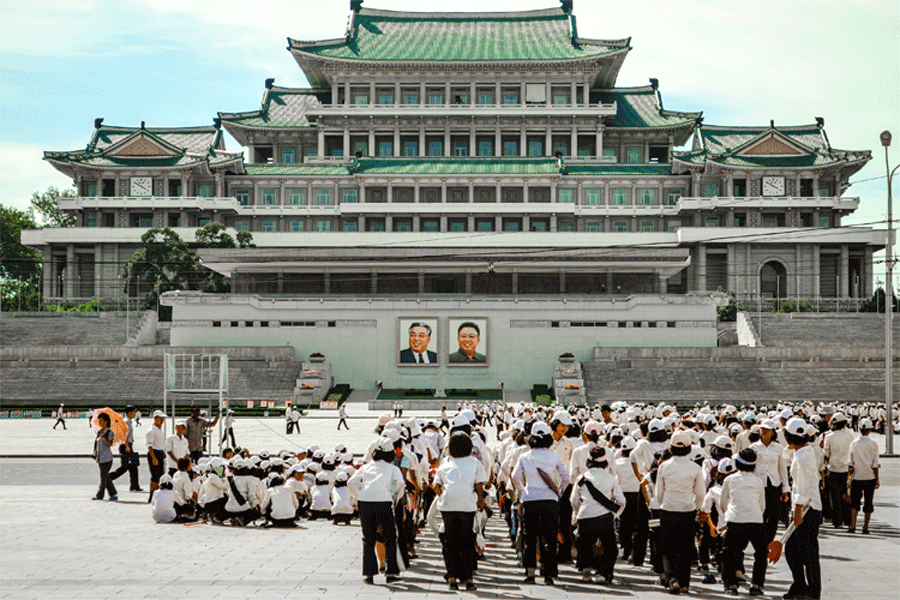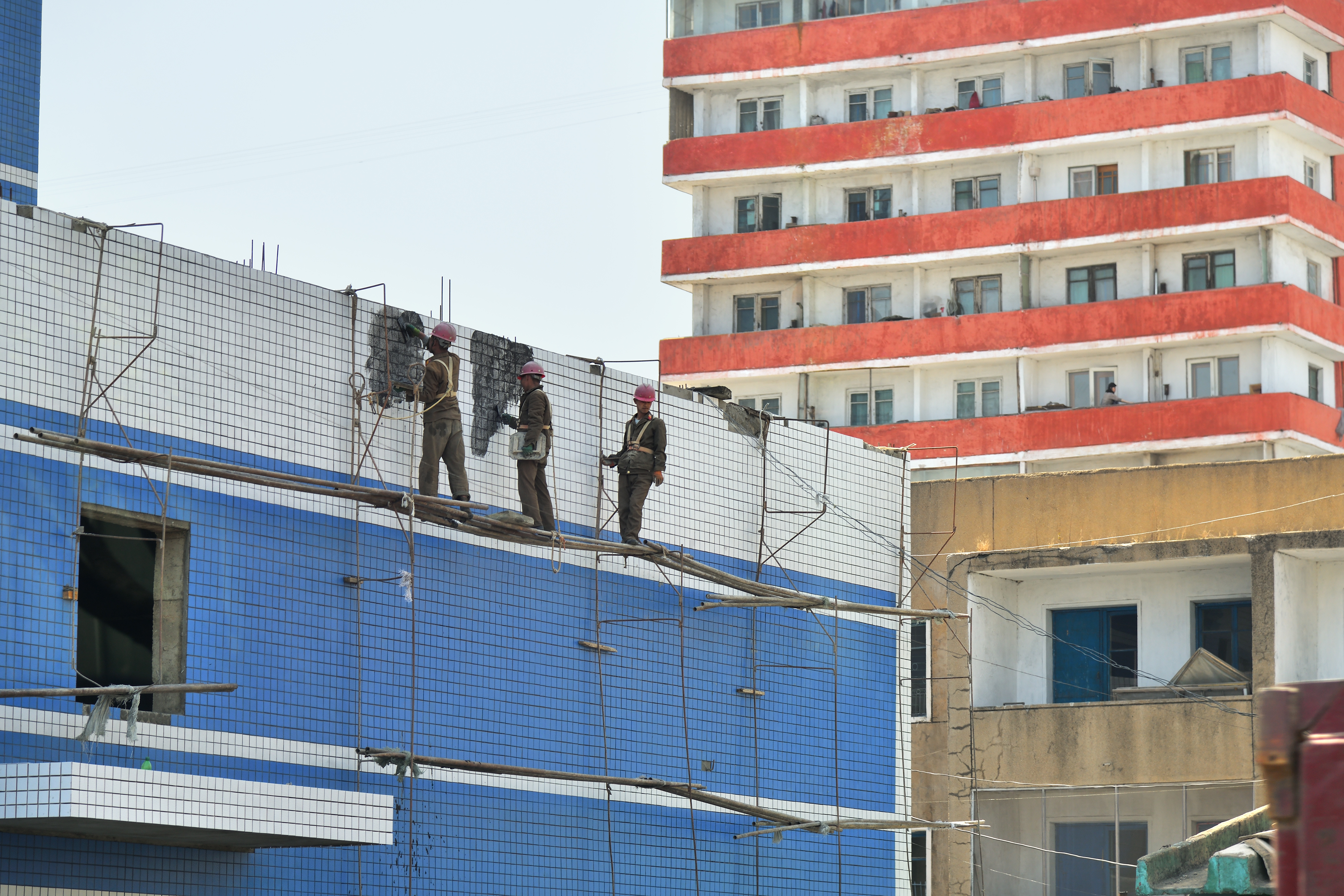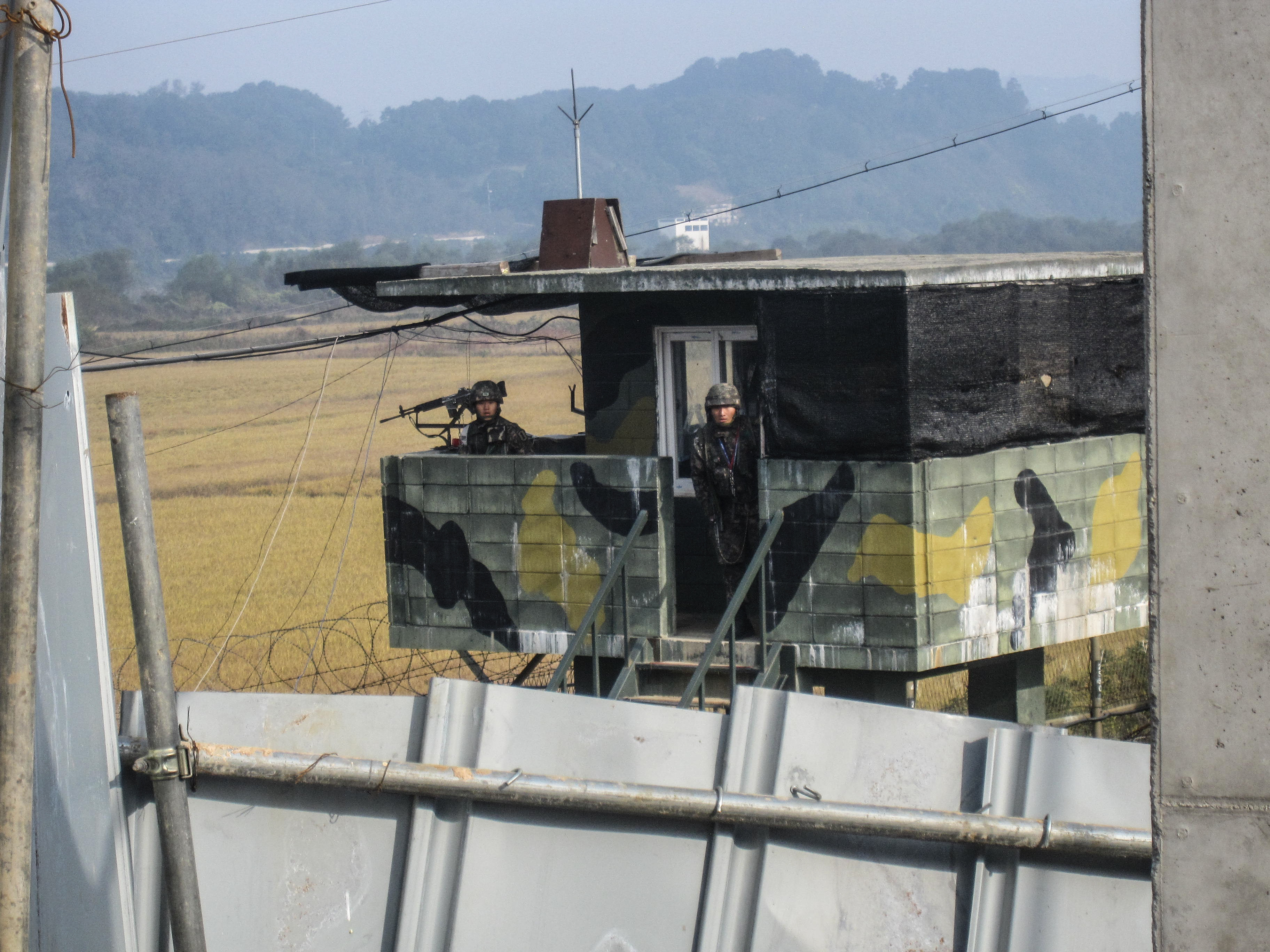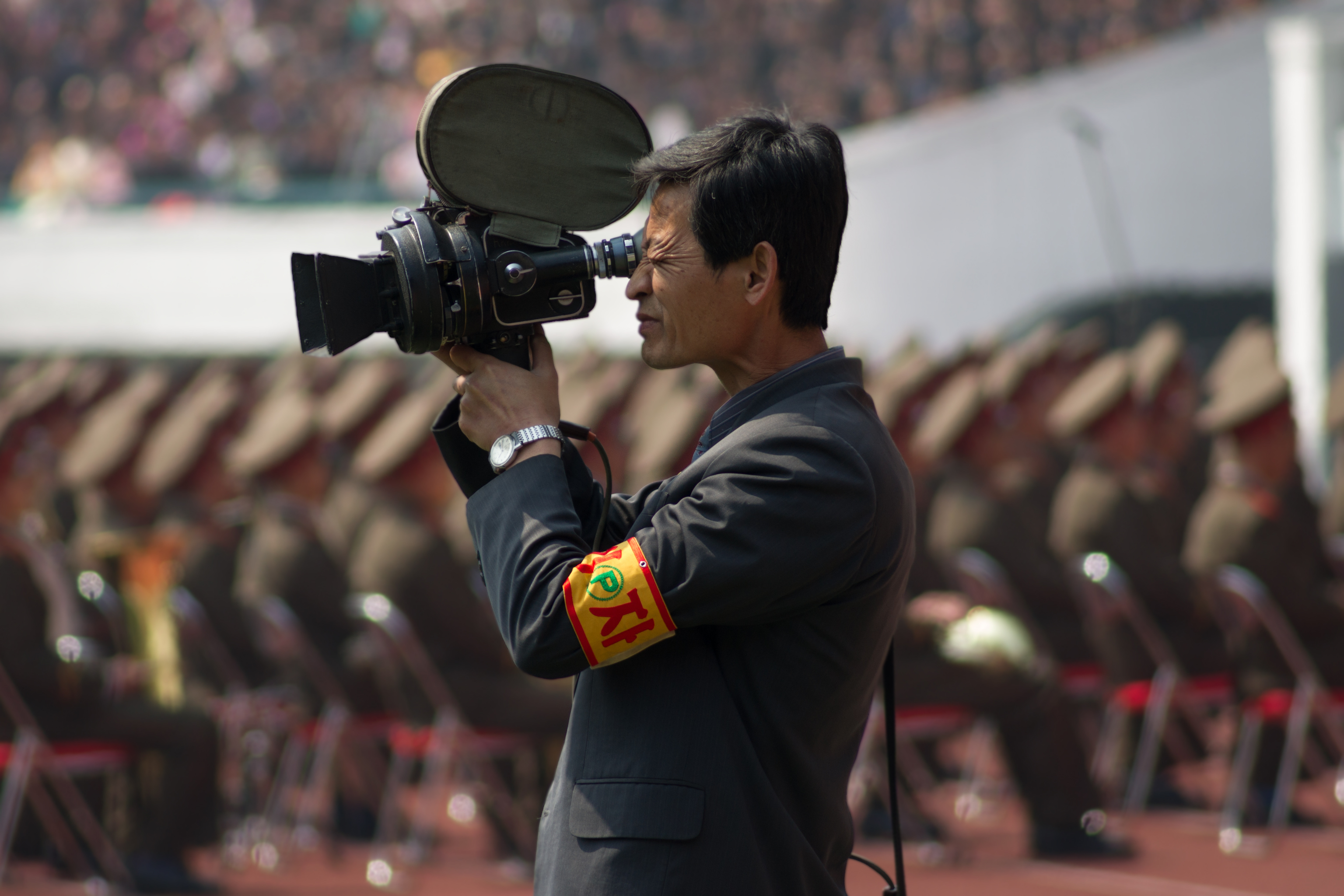
NK Update for November 2021
Special Report | December 01, 2021
Jaewon Lee
Lecturer and Visiting Research Fellow at the Institute of International Affairs at Seoul National University
In this month’s NK Update, Jaewon Lee, Lecturer and Visiting Research Fellow at the Institute of International Affairs at Seoul National University, writes on the status of the issue on engaging North Korea. In November 2021, the U.S. and China, announced an unexpected joint declaration in Glasgow following a virtual summit on both issues regarding the climate and the Korean Peninsula. On November 16, South Korea’s Vice Foreign Minister Choi Jong Kun and U.S. Deputy Secretary Wendy Sherman discussed ways to bring North Korea back to dialogue, which included a possible declaration of the formal end to the 1950-53 Korean War. North Korea, meanwhile, has continued its development of relevant facilities, although its intention to operate them remains a question.
U.S.-China Coordination on the North Korea Issue
In November 2021, international politics was more heavily focused on urgent global challenges than regional ones such as the Climate Summit COP 26, surge in new COVID-19 cases, and the spread of the Omicron variant. Amid the continuation of stiff competition between the U.S. and China, the two countries announced an unexpected joint declaration in Glasgow following a virtual summit between U.S. President Joe Biden and Chinese President Xi Jinping.
As U.S. President Joe Biden and Chinese President Xi Jinping met virtually to exchange views on regional and international issues, policymakers and security experts also covered the importance of bilateral “coordination” to address the situation on the Korean Peninsula. Also, White House National Security Advisor Jake Sullivan stated in a webinar hosted by the Brookings Institution that urgent work exists to carry forward in climate and public health issues before other immediate challenges such as the North Korea nuclear issue.
However, how should the U.S. and China coordinate to engage with North Korea? Should the international community increase the effectiveness of sanctions against Pyongyang or seek sanctions relief measures? Some argue that China should play a greater role in partnership with the U.S. and other stakeholders to coerce North Korea to dismantle its nuclear program. Proponents of this argument claim that China’s participation ensures the effectiveness of international sanctions because China accounts for more than 90 percent of North Korea’s trade. On the other hand, others favor sanctions relief measures in order to engage with Pyongyang. According to a media report, a group of U.S. senators sent a letter to President Biden to urge the administration to ease the Treasury Department’s regulations that limit humanitarian aid to North Korea.
Pursuing engagement with North Korea by lifting sanctions for humanitarian relief may be unlikely for the foreseeable future. North Korea faces the steepest economic decline since the days of massive famine in the 1990s, due to heavy economic sanctions and its border lockdown against COVID-19. Andrew Yeo argues that Pyongyang has yet been able to prove its political resilience against humanitarian crises so far. As we witness a new surge in the pandemic with the new Omicron variant, North Korea has reportedly been strengthening preventive measures against COVID-19. It is now unclear how efforts for engagement would unfold amid increasing uncertainty due to the global pandemic.
Perhaps, it is time to revisit North Korea policy. Robert Gallucci, former U.S. State Department special envoy on the North Korean nuclear issue recently evaluated the last 30 years of U.S. policy on North Kore as a failure and suggested that the U.S. should properly analyze North Korea’s motivations behind its development of the nuclear program. Furthermore, a RAND Corporation report suggests that instead of persisting in a doomed quest to denuclearize North Korea, the U.S. and its allies should adopt a “something-for-something” strategy. This realistic approach aims to cooperate and control further nuclear development in North Korea. However, its focus on the new approach assumes a cooperative relationship between the U.S. and North Korea without the broader participation of stakeholders.
The U.S.-ROK Talks and an End-of-war Declaration
An end-of-war declaration was another topic of great interest on the Korean agenda. It has been reported that South Korean officials met with their U.S. counterparts to discuss a draft declaration in the last two months. On November 16, South Korea’s Vice Foreign Minister Choi Jong Kun and U.S. Deputy Secretary Wendy Sherman discussed ways to bring North Korea back to dialogue, which included a possible declaration of the formal end to the 1950-53 Korean War. On the next day, Japan’s Vice Foreign Minister Mori Takeo joined them. Deputy Secretary Sherman expressed her satisfaction on the issue around the end-of-war statement. She also pointed out the role of trilateral consultation among the U.S., South Korea, and Japan in ensuring the complete denuclearization of the Korean Peninsula. As South Korea and the U.S. released a separate statement on the meeting results, some raised concern about a possible drift among allies.
Nevertheless, the U.S. and South Korea are reportedly finalizing an end-of-war declaration document and are working on including language about denuclearization. Policy experts also shared their views on the end-of-war declaration. For example, former Ambassador Joseph Yun told N.K. News that the declaration could be a positive step to resolve the ongoing deadlock in talks with North Korea but is unlikely to weaken U.S. military presence on the Korean Peninsula. On November 17, Mr. Sullivan iterated that the U.S. is prepared to engage good faith in diplomacy if North Korea is prepared to do the same. How North Korea would respond to joint efforts by the U.S. and South Korea remains to be seen.
North Korea’s Uranium Enrichment Facility
Concerning deterrent capabilities, North Korea seems to be continuing its development of relevant facilities, although its intention to operate them remains a question. Pyongyang continues to signal its deterrent. North Korea slammed the U.S. for its nuclear command training exercise, calling it a nuclear war drill targeting the world. Meanwhile, there have been updates on the active North Korean nuclear program that highlight the Kangson complex and the Pyongsan Uranium Concentration Plant. For example, Reuters reported that North Korea could produce more uranium than the current rate, citing research published in October in the journal Science & Global Security.
Moreover, satellite imagery analysis raised concerns regarding fissile material production and nuclear safety issues in North Korea. The international community maintains its critical view on North Korea’s nuclear activities. The Rafael Mariano Grossi, Director General of the IAEA, confirmed that North Korea’s nuclear program is a clear violation of relevant U.N. Security Council resolutions and is deeply regrettable. He called upon North Korea to comply with U.N. Security Council resolutions and cooperate with the IAEA. Pyongyang marked November 29 as the anniversary of its rocket development for the first time this year. As of November 29 noon, there have been no detections of unusual North Korean military activities.■
■ Jaewon Lee is a Lecturer and Visiting Research Fellow at the Institute of International Affairs at Seoul National University. His research interests include international security, alliance politics and nuclear proliferation, and Asian nonproliferation export controls as part of the U.S. security architecture.
■ Typeset by Seung Yeon Lee | Research Associate
For inquiries: 02 2277 1683 (ext. 205) | slee@eai.or.kr
Korean Peninsula Peace Process

Current Resettlement of North Korean Defectors and Proposals for Policy Improvement
Sung Jae Park | November 26, 2021

The U.S. Position on the End of War Declaration
Hyun-wook Kim | November 23, 2021

Why is the Opening of All Material on North Korea's Culture and Arts Feared?
Jae-beom Hong | November 12, 2021
LIST